
The wheelchair accessibility of sidewalks in Bogota is mixed, with some being perfectly accessible and others not accessible at all. As I explored Bogota, I rolled my wheelchair countless miles along its streets and sidewalks. Despite the variation from one street and one neighborhood to the next, I was still able to explore the city and enjoy my trip.
What does sidewalk accessibility in Bogota look like? Let’s take a look – you’ll notice many different shapes, sizes and conditions on Bogota’s pedestrian pathways.
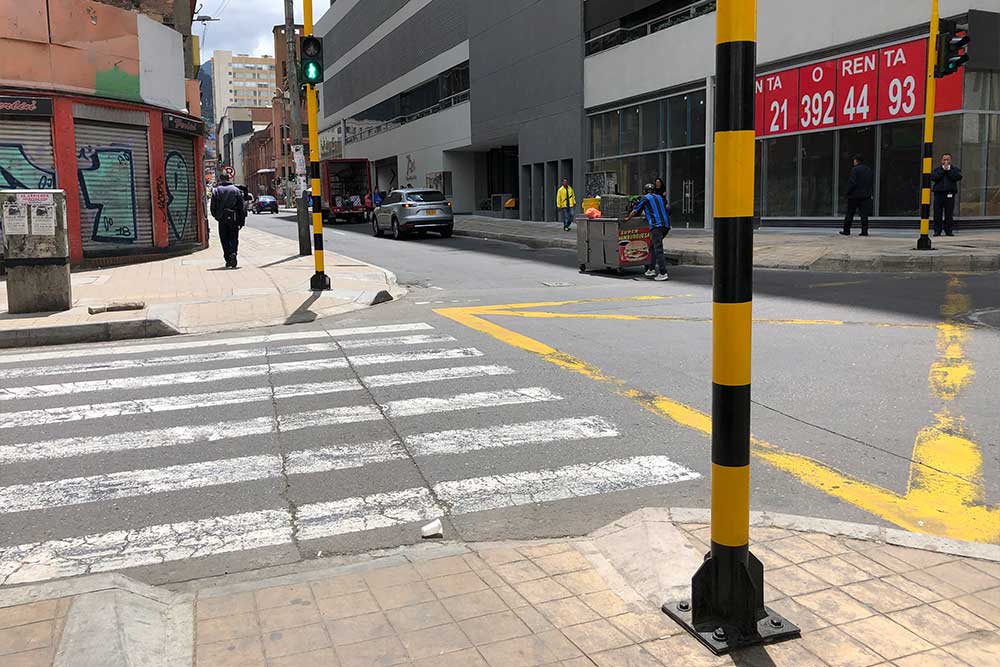
First, the good. Many sidewalks in the downtown area were accessible, with pavements in good condition, curb ramps and well-marked crosswalks with pedestrian signals. If all of the walkways included these features and this level of access, the city would have received an ‘A’ rating for sidewalk accessibility.
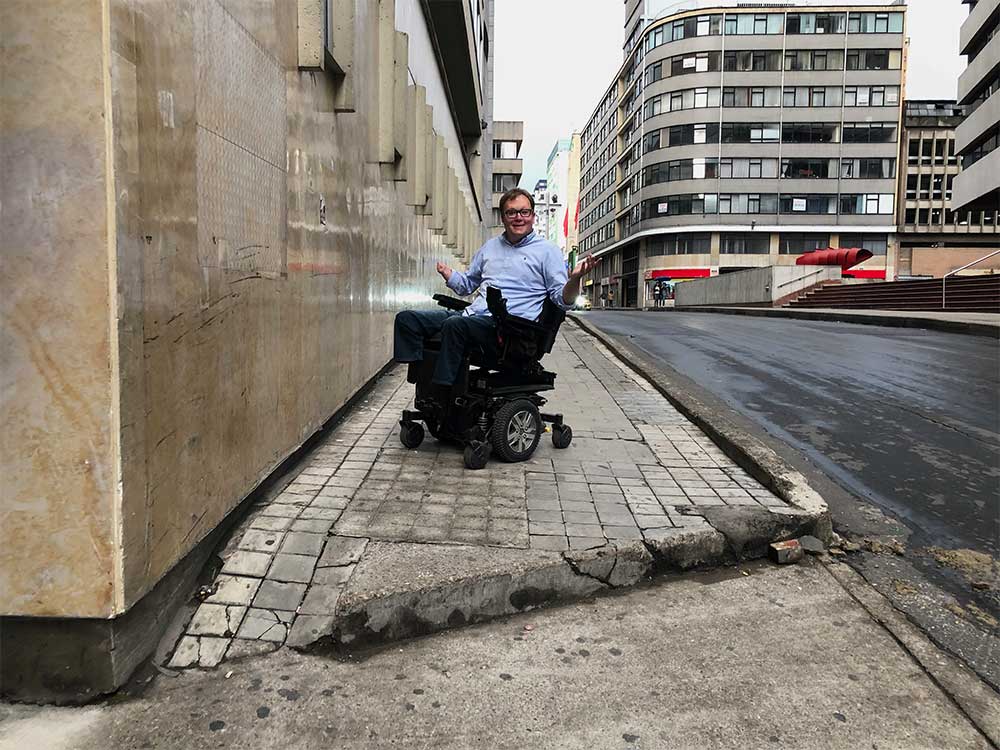
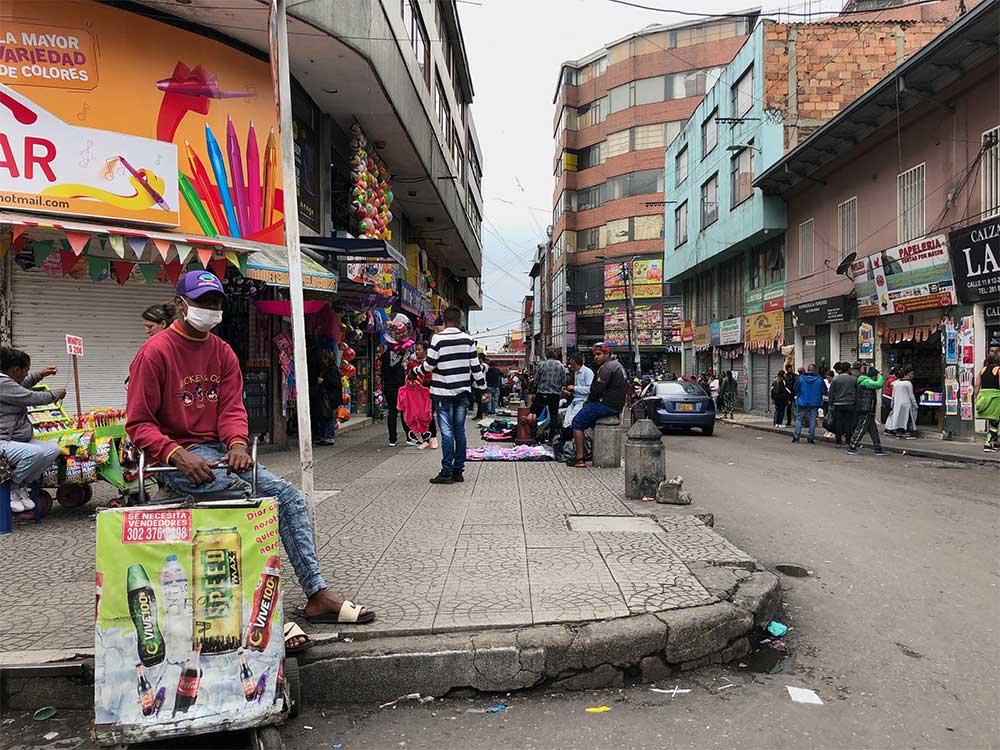
Not all sidewalks had curb ramps, unfortunately. As a result, I often found myself unable to access the sidewalk and forced to ride my wheelchair on the street. Although the streets involved typically had a low traffic volume, the lack of sidewalk access also prevented access to some buildings and businesses. In other cases, I found one end of a sidewalk had a curb cut, but the other did not, forcing me to double back and use the roadway instead. That was the most annoying thing of all!
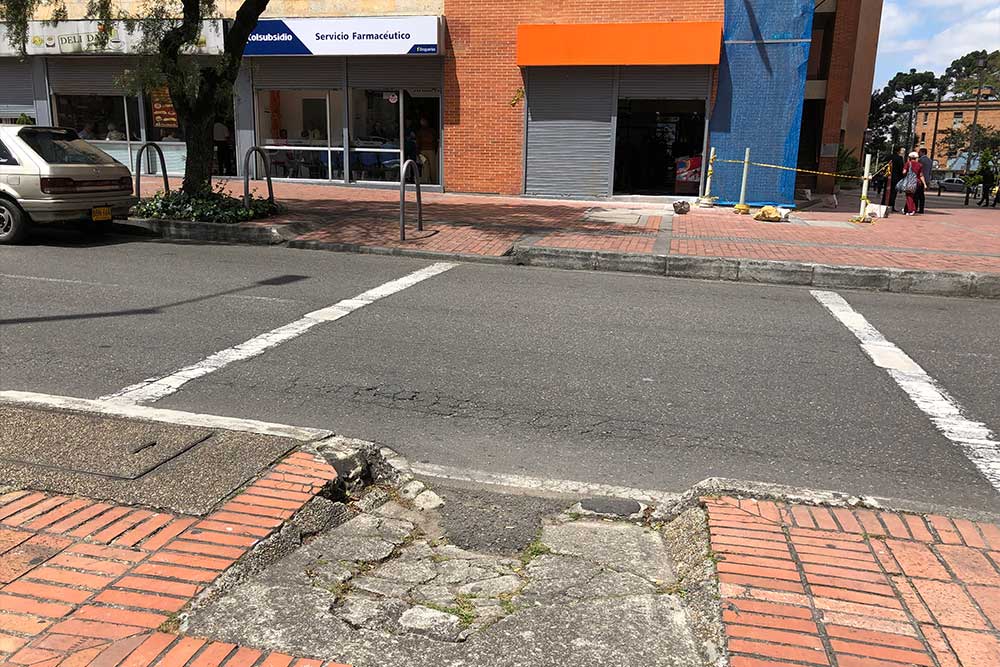
There is a middle-ground between no access and perfect accessibility. Similar to other cities in South America, many of Bogota’s sidewalks and curb ramps have fallen into disrepair, with large cracks and potholes in the pavement. It’s always important to keep your eyes open to watch for potential obstacles, as they are plentiful in Bogota. Some may be too difficult to overcome, while others may be easily avoided.
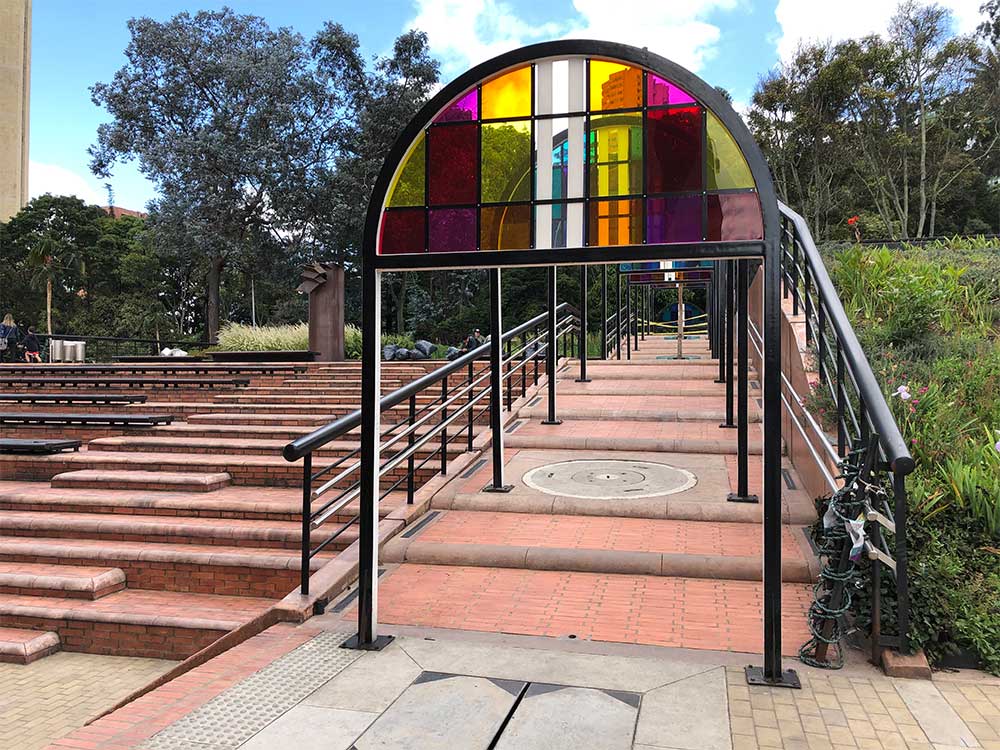
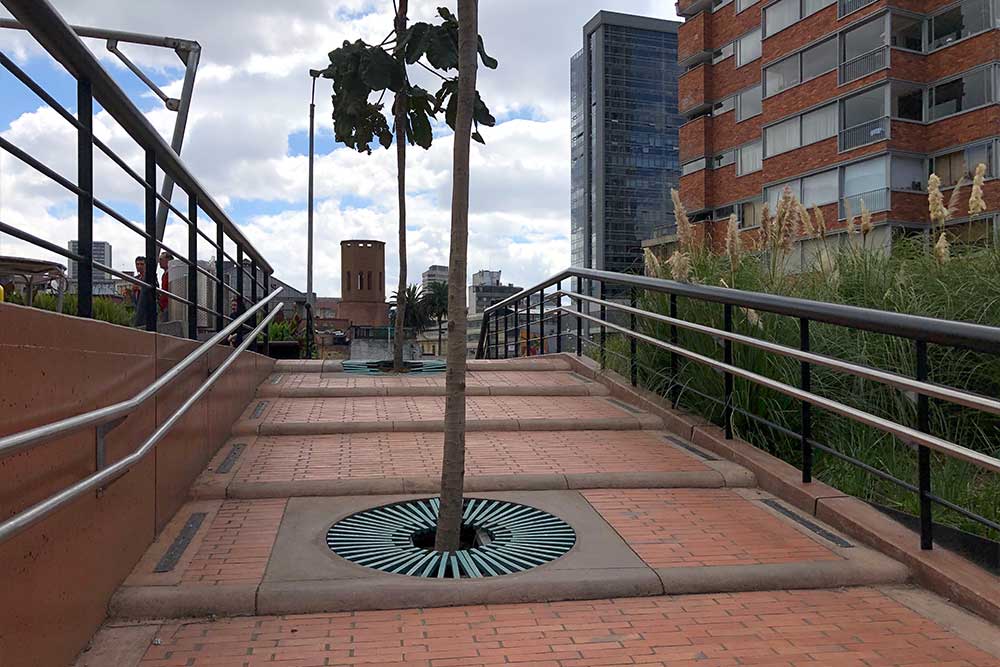
There are a lot of ramps in Bogota and, while most are accessible, some feature steps. I was scratching my head looking at ramps that were not level, but instead had steps every 4 to 5 feet. In some cases, these types of ramps prevented access and required me to find an alternate route.
Although the sidewalks in Bogota were not as accessible as I would have liked, I managed to find a way through the madness to explore the city and enjoy my trip. Due to the sometimes elongated routes and changes in elevation, I was grateful to have a power wheelchair. On the whole, however, travelers will find it easier to get around Bogota with a manual wheelchair or a lightweight power chair that can be easily loaded into a taxi cab.



